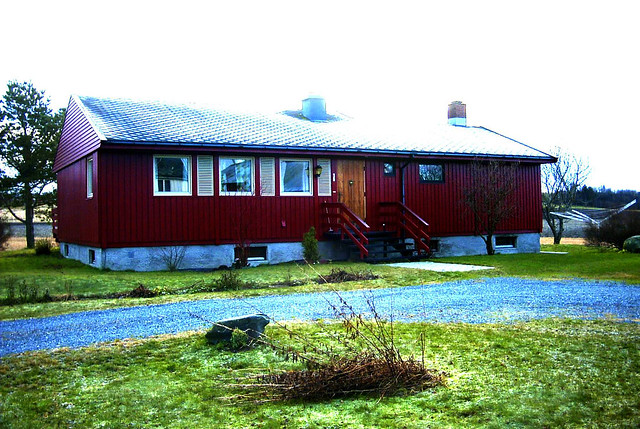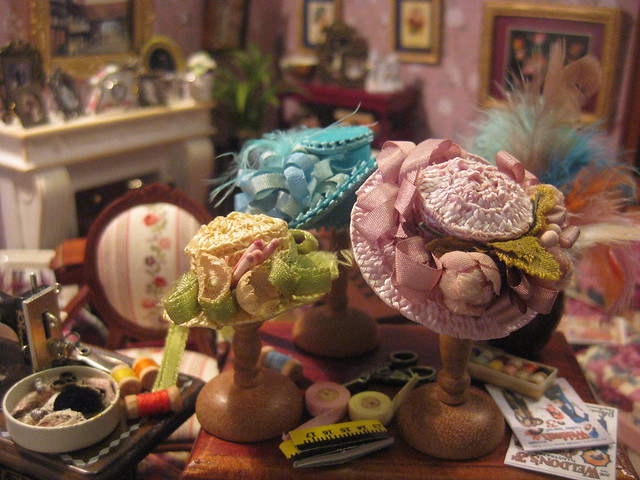Energy Efficient Dehumidifiers
If you live in a humid climate, you probably need a dehumidifier. Humidity promotes dust mite growth and encourages allergens like fungus and mold.
It also causes metals to rust and wood to warp. Dehumidifiers can make a big difference in comfortable indoor humidity levels, and they protect books, clothing and other valuables from moisture damage.
Energy Efficiency
The energy efficiency of a dehumidifier depends on three things: how long you run it each day, its wattage and the price per kilowatt-hour that your electricity supplier charges. You can find a device’s wattage in its user manual or on its case. Then plug that number into an online wattage calculator and enter your local cost per kilowatt-hour to determine how much your device will cost to run.
Most dehumidifiers have a small hole in their casing through which a hose can be attached and the water drained away. The hole is usually at or near the bottom of the unit and should be raised a foot or two above the floor so that the hose can connect to a drain without gravity pulling the water back into the dehumidifier.
Some models use a fan to push air over a desiccant material and pull the moisture from the air into the unit’s tank, while others use a refrigeration system to absorb water vapor and chill the air. Some also have a heating element that can warm the air so they can be used in warmer climates.
Portable and whole-home dehumidifiers are designed to operate with or without ducting, although many have means for duct attachment if desired. Restoration dehumidifiers are heavy, oversized machines that are typically used for water damage repair and can be operated in heated or unheated spaces.
Moisture Removal
A dehumidifier removes moisture from the air, helping prevent mold, mildew and musty odors in damp areas of the home. These appliances pull air over cold coils where it condenses into droplets and drips into a water collection tank, where the drops are reheated before warm and dry air is released back into the room. They are also used in crawl spaces and basements, where a damp environment can lead to rot, fungus and pests.
Humidity is an important factor to consider because it can affect how comfortable you feel in a room. The ideal humidity for a room is 50 percent, which protects furniture and other belongings dehumidifier and reduces allergens like dust mites. A dehumidifier helps to lower the humidity level, making it more comfortable for many people, especially those with asthma or allergies.
When selecting a dehumidifier, consider its capacity and energy efficiency. The capacity refers to how much water the appliance can extract from the air over an hour of operation; it is usually displayed as liters per kilowatt-hour (L/kWh). Energy Star provides a helpful comparison chart to help you choose a dehumidifier that meets your needs.
Similarly, consider the amount of space you want to dehumidify and how often you’ll need to empty a collection bucket. Some dehumidifiers store the collected water in a container that needs to be emptied, while others pump the liquid directly into a drain, sink or out the window, which can save you on cleanup and eliminate the need for an extra bucket.
Noise
If your dehumidifier is too noisy it will interfere with sleeping, reading a book, having a conversation, watching TV, or just relaxing. It can also disrupt REM sleep, making it hard to get restful slumber.
A quiet dehumidifier will have a low, constant purr that won’t change pitch or volume. This low hum is not annoying, and can actually help many people relax. However, you should keep in mind that if it is too loud it may disturb other members of your household and even neighboring properties.
The noise level of a dehumidifier will vary depending on the size of your space and whether it is a compressor or desiccant type. Smaller units tend to be a little noisier than large ones. It is important to know how much cubic footage your space has before purchasing a dehumidifier. This will allow you to select the right dehumidifier for your space.
Look for a dehumidifier that offers multiple drainage options. Some have a built in gravity drain while others can be connected to a hose for continuous drainage. This makes them suitable for basements and crawl spaces. The dehumidifier should also be easy to clean and maintain. This will minimize the amount of time it will spend running. Look for a model with a long warranty and reliable customer support.
Energy Star Requirements
ENERGY STAR dehumidifiers meet rigorous performance dehumidifier wholesale requirements and are able to achieve the highest levels of energy efficiency. The daily water-removal capacity of a dehumidifier determines its Integrated Energy Factor (IEF). In order to qualify as ENERGY STAR Most Efficient, a dehumidifier must have an IEF of 0.25 or lower.
In response to the June 2021 TP RFI, DOE conducted investigative testing of a variable-speed dehumidifier and a single-speed unit from the same manufacturer to understand two points:
The results indicate that the variable-speed unit performed relatively less efficiently than the single-speed unit at reduced loads, and it is difficult to explain why at this time. The variable-speed unit also experienced a higher than expected power consumption at reduced loads. These observations led DOE to propose an amendment to appendix X1 that would reduce the test duration from 6 hours to 2 hours for portable and whole-home dehumidifiers. DOE anticipates that this would decrease the cost and burden of testing these products. In addition, DOE is proposing that for dehumidifiers with network functions, all network functions must be disabled during testing unless otherwise specified by means available to the end user or by instructions in the product’s user manual. This approach is expected to be more representative than excluding the energy consumption of the enabled network functions.

